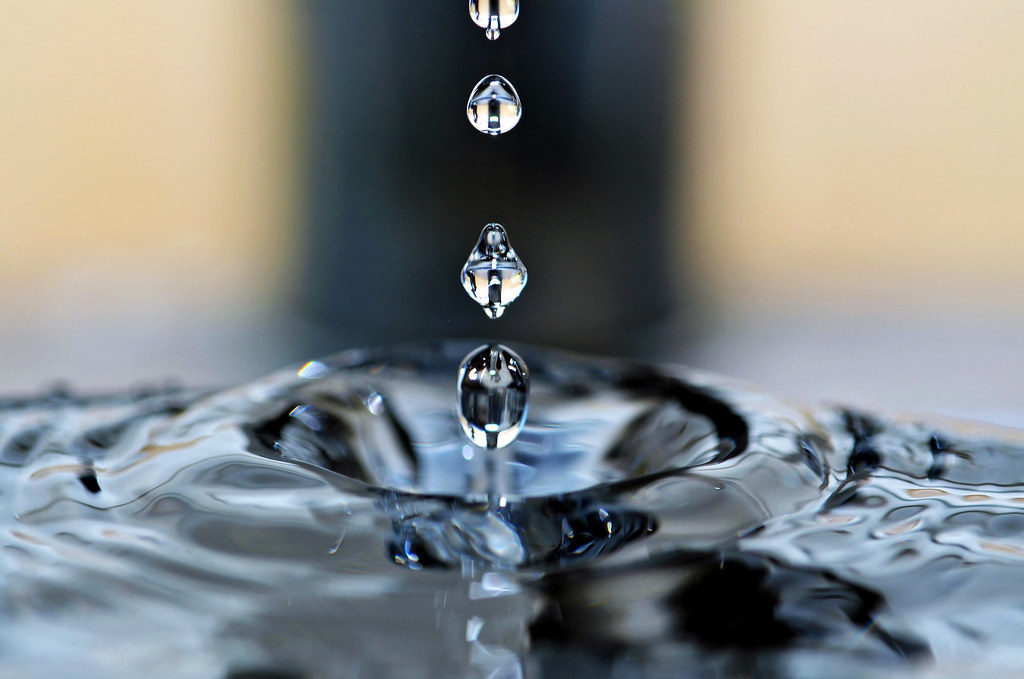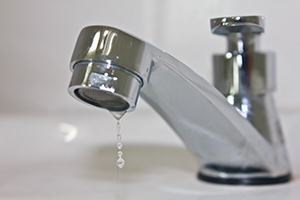Learning the Effects of a Busted Faucet
Learning the Effects of a Busted Faucet
Blog Article
Have you been in search of details involving Here's How to Fix a Leaky Faucet?

Introduction
A leaking tap may feel like a small nuisance, however its effects expand much past the occasional drip. Understanding the effects of a leaky faucet is crucial for both homeowners and the setting. In this write-up, we'll discover the numerous impacts of this usual family problem and why resolving it quickly is necessary.
Sources Of Leaky Faucets
Leaking faucets can result from a selection of factors, including wear and tear, high water pressure, and deterioration. Gradually, the constant use faucets can result in damaged seals and gaskets, causing leakages to create. In addition, excessive water pressure can put strain on plumbing fixtures, resulting in leaks. Corrosion and rust can also compromise tap parts, making them vulnerable to leakage.
Water Wastefulness
Among one of the most significant repercussions of a leaking tap is water waste. Also a small drip can add up to gallons of drainage over time. This not just increases water costs however additionally adds to water deficiency and ecological destruction. Resolving leaking taps without delay is essential for saving this precious resource and reducing its effect on the planet.
Financial Impact
Along with wasting water, dripping faucets can also have a significant financial effect. Enhanced water bills are a straight effect of water wastefulness, setting you back house owners hundreds of bucks each year. Additionally, the cost of repairing water damages caused by leakages can be considerable, specifically if left ignored for an extended period.
Environmental Influence
The environmental impact of leaking taps extends past water waste. By preserving water, house owners can contribute to more comprehensive efforts to minimize water shortage and protect all-natural environments. Sustainable options such as rain harvesting and water-efficient fixtures can additionally lower the environmental impact of family water use.
Technological Solutions
Innovations in technology have caused the advancement of clever taps and water-saving tools that aid decrease water wastefulness. Smart taps use sensors to discover movement and change water flow as necessary, reducing waste without giving up convenience. Water-saving devices such as aerators and low-flow showerheads are also reliable in saving water without endangering performance.
International Point of views
While leaking taps may appear like a localized issue, they contribute to more comprehensive international difficulties such as water deficiency and environment change. In regions currently encountering water stress and anxiety, every decrease counts, making leakage avoidance and repair necessary. By embracing water-saving practices and buying lasting innovations, house owners can play their part in resolving these pushing global problems.
Regulative Steps
Government regulations play a vital duty in mitigating the impact of leaky faucets and promoting water conservation. From constructing codes that call for water-efficient fixtures to water-saving motivations and discounts, policymakers have a variety of devices at their disposal. By applying and implementing these guidelines, federal governments can ensure that home owners focus on water conservation in their lives.
Neighborhood Influence
Dealing with leaky taps calls for collective efforts at the neighborhood level. By increasing recognition about the significance of water preservation and providing resources for leak discovery and repair work, local authorities can encourage home owners to act. Campaigns such as water-saving discount programs and leak discovery projects can incentivize behavior change and advertise responsible water usage.
Situation Researches
Real-life instances of the effect of leaky faucets underscore the value of proactive upkeep and timely repair work. From water damages to skyrocketing water expenses, the effects of overlooking leaks can be severe. By sharing these case studies, home owners can better comprehend the value of addressing leaking faucets without delay.
Educational Campaigns
Educational campaigns play a vital role in elevating understanding regarding the impacts of leaking faucets and promoting water preservation practices. With workshops, seminars, and on-line sources, home owners can learn exactly how to detect and repair leakages themselves. By empowering people with expertise and devices, educational campaigns can cultivate a society of responsible water usage within communities.
Wellness Concerns
Leaky taps can produce helpful settings for mold and mildew growth, posing wellness risks to owners. The visibility of mold can aggravate breathing concerns and allergic reactions, specifically in susceptible individuals. In addition, water damages resulting from leakages can compromise the architectural stability of structures and lead to costly repair services.
Do it yourself vs. Specialist Repair
When faced with a leaky faucet, property owners typically dispute whether to attempt repair work themselves or hire a professional plumber. While do it yourself fixings can conserve money, they may not always resolve the hidden problem successfully. Professional plumbing technicians have the know-how and equipment to diagnose and deal with leaks appropriately, ensuring long-lasting solutions and satisfaction for property owners.
Safety nets
Avoiding dripping faucets requires regular upkeep and proactive steps. Basic tasks such as changing damaged washers and seals can avoid leakages from creating. Additionally, upgrading to high-grade components and reducing water pressure can help prolong the lifespan of taps and reduce the danger of leaks.
Conclusion
To conclude, the effects of a leaking tap expand far beyond the occasional drip. From water wastefulness and increased water bills to health and wellness problems and environmental effect, the effects of disregarding leakages can be substantial. By resolving leaking taps without delay and adopting water-saving methods, homeowners can mitigate these effects and contribute to an extra sustainable future.
Why You Shouldn’t Ignore a Leaky Faucet in Your Home
What Causes a Leaky Faucet?
Various factors can cause a leak, from loose and worn-out parts to corrosion. Your faucet has four essential components from which most plumbing issues will stem: the O-ring, the valve seat, the washer and the gasket.
What Is an O-Ring?
The O-ring is a stem screw that fastens parts of the faucet in place, preventing water from leaking out of the spout. Depending on your faucet type, the stem might have multiple O-rings. Water will drip from the faucet’s handles and base if this part breaks or deteriorates.
What Is a Valve Seat?
The valve seat controls the flow and temperature of the water. Found at the base of the handle, it works as a seal for the faucet’s stem. The valve seat ensures the water is allowed to flow or is blocked as the handles dictate. You’ll know it’s malfunctioning when water leaks from your faucet’s sides.
What Is a Gasket?
The gasket is found between the water inlet and the valve stem. It creates a seal between the faucet and the sink, holding its joints by aerators attached to the stem’s head. Water will trickle out from the base if the gasket isn’t working.
What Is a Washer?
The washer secures the handles and prevents leakage, serving a similar purpose to the O-ring. While the O-ring is ordinarily round and made from an elastic material, such as rubber, the washer is square-shaped and composed of brass, copper and other hard metals. If it malfunctions, corrodes or has been improperly installed, water will leak out of the handles, causing that incessant faucet drip.
Why Is a Leaky Faucet Dangerous?
A leaky faucet left alone for too long can have significant consequences.
Pest Infestations
Since bugs and rodents gravitate towards the scent of water, a leaky faucet will draw pests to your sink. Both are looking for leaks accessible through crawl spaces, which a faucet provides. If you leave water dripping for too long, you run the risk of an infestation.
Rust
If one of the faucet parts has started to corrode, the resulting rust can spread to your pipes and valves with startling speed. The rust might even lead to cracks or other impairments, resulting in more severe plumbing issues.
Your sink could also sustain damage from a leaky faucet. The water in your tap possesses sparse elements of calcium and iron that can stain your sink with repeated and prolonged exposure. Once those elements in the water have been open to the air for some time, your sink will start to rust, creating marks that can be difficult to remove.
https://www.tomsmechanical.com/blog/why-you-shouldnt-ignore-a-leaky-faucet-in-your-home

Do you appreciate reading up on ? Write a short review directly below. We would be glad to know your insights about this blog post. In hopes that you come back again soon. In case you enjoyed our article plz don't forget to share it. We recognize the value of your readership.
Report this page